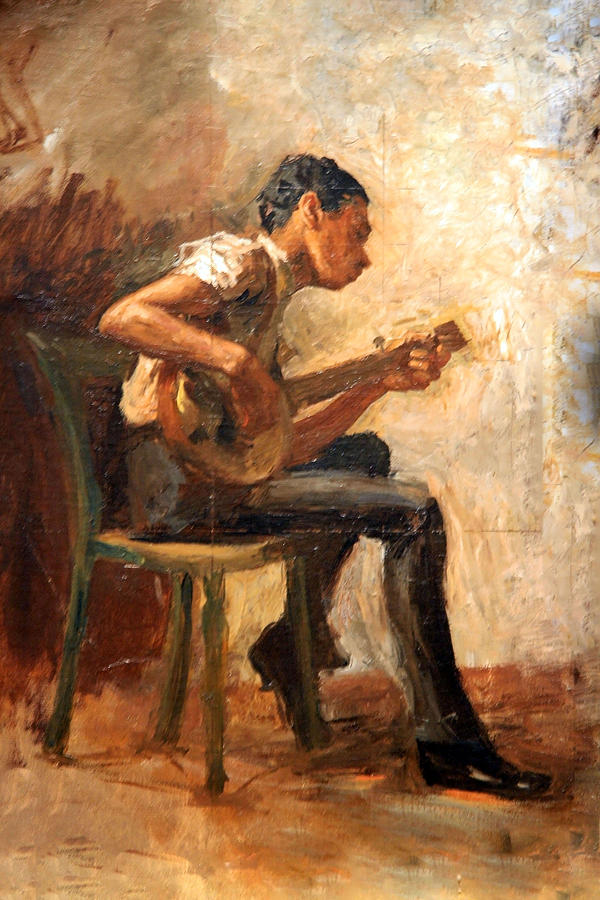What Is The Banjo:
The banjo is an instrument commonly found used in folk music that was brought from West Africa to America through slavery. In its early form, the banjo was comprised of a round drum with a neck and strings stretched on top. Over time, the banjo was adopted by white performers and refined into what is now it’s modern form.

The Origins Of The Banjo:
The banjo is an instrument that dates back to African cultures.
Banjos In Traditional African American Folk Music:
The banjo plays an important role in traditional African American folk music. Like the banjo, folk music was derived from the different music styles brought to America by African slaves. African American folk music uses many elements from African music like storytelling and call and response. With the knowledge that slaves had retained from before they were taken from Africa, the banjo was able to be brought to America and became a staple in folk music.

The Gentrification Of The Banjo:
Around the 19th century, the banjo began its transition into the white community through Minstrels. Minstrels were a form of entertainment where white actors would don blackface and proceed to act like black people, often in a derogatory manner. In this mocking, around the 19th century, the banjo began its transition into the white community through Minstrels. Minstrels were a form of entertainment where white actors would don blackface and proceed to act like black people, often in a derogatory manner. In this mocking, the banjo became a very popular prop. The banjo was not the only folk instrument used in these shows. The fiddle, ones, and percussions such as drums and tambourines were also present in these shows. These shows were often popular among soldiers, especially in the era after the Civil War. After seeing these shows, soldiers then spread knowledge of the banjo all across America. While the upper class looked down on the instrument, the banjo was very popular with the lower class and soon different variations were named after white performers and teachers who incorporated changes that would “refine” the instrument. It is from here that white artists took over the banjo, continuing to add their own spin to the traditional instrument. In modern society, the banjo is more associated with white society than its true roots in the African American Community.


